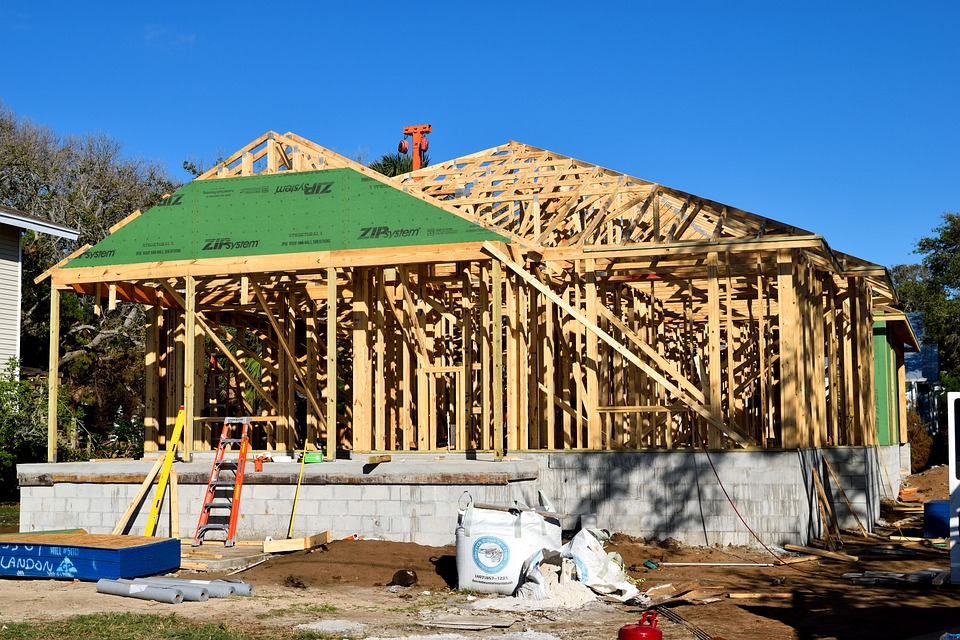The Government is being urged to tackle “structural” difficulties in the housing market that are stopping second steppers moving up the property ladder.
A report by the Intermediary Mortgage Lenders Association (IMLA), which represents banks and building societies working through financial advisers, found there is plenty of support for first-time buyer borrowing, but those looking to make subsequent moves are hit by an illiquid market.
The reported, titled The New Normal, found that despite 377,200 ‘steppers’ borrowing for a mortgage in 2017, this overall number is down 42% since 2007, as many struggle to meet stricter mortgage affordability criteria on larger homes, despite any price appreciation on their first home.
IMLA said: “Increasing concentration of home ownership among older people – many of whom have paid off their mortgages – has translated into a historic low level of housing turnover. The average UK household now moves once every 19.2 years, compared to once every 7.4 years when housing transactions peaked back in 1988.”
Despite the lack of liquidity described in the market, IMLA is predicting gross mortgage lending will rise for the eighth year in a row during 2018 to reach its highest level since 2007.
It is forecasting gross lending of £265bn this year, buoyed by remortgage activities.
Its annual market forecast took an assessment from the Office for Budget Responsibility that inflation would fall below 2% over 2018 and 2019 and wages would grow, as an indicator that there could be enough economic confidence to boost mortgage lending. IMLA also dismissed any Brexit impact over the short term that its forecast covers.
The trade body is predicting that lending for house purchase should continue to grow to £158bn in 2018, up 2%, and £163bn 2019, up another 2%. It is forecasting remortgage lending to grow by around 4% in each year.
It is also expecting buy-to-let lending to recover this year after falling by 12% in 2017, predicting that remortgage activity as well as some landlords selling to others due to tax changes will boost activity, with gross lending predicted to increased 2.6% this year and 2.9% in 2019.
Kate Davies, executive director of IMLA, said: “Despite the recovery of the housing market and the availability of mortgage finance since the last recession, stricter affordability rules are limiting activity by those who would otherwise be highly leveraged. Transaction levels have fallen and there is evidence of more cash being injected into home purchase. People are moving less often – whether by choice or constraint.
“Increased housing wealth can benefit older homeowners relying on a buoyant property market to help fund their retirements, along with first-time buyers who can access the Bank of Mum and Dad for help towards a deposit.
“But a chronic housing supply shortage is contributing to an increasingly illiquid market. Home movers, or ‘steppers’, in particular face a number of hurdles including high house prices relative to earnings, stricter mortgage affordability criteria and a lack of suitable homes – holding back housing turnover and transaction volumes.
“It’s important that Government now recognises the demographic and socio-economic changes that have influenced the direction and make-up of the housing market. Whilst home ownership remains the ultimate goal for many, there will be significant numbers of people who will choose or need to rent at some point in their lives.
“The market needs to work for everyone and we all – Government, lenders and housing industry – should work together to adopt new approaches that can increase the supply of homes suitable for all ages and tenures.”
Source: Property Industry Eye

